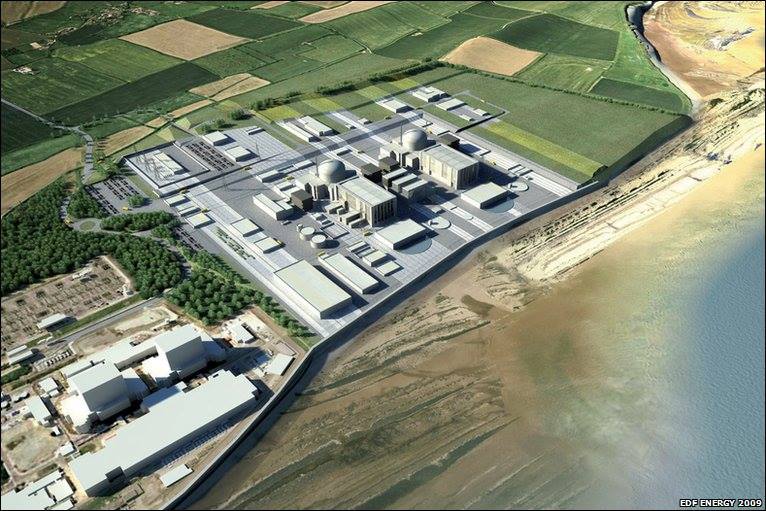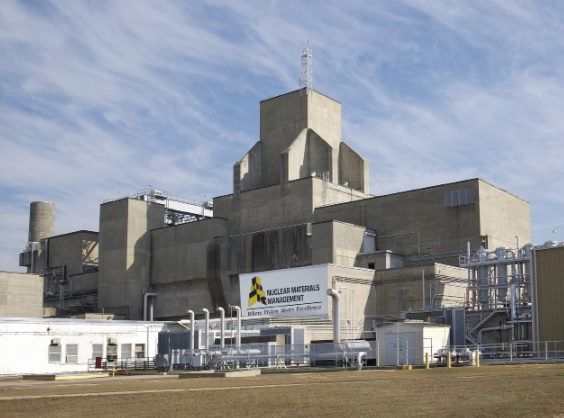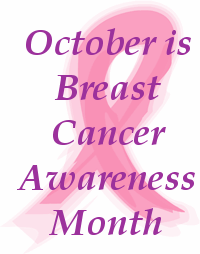ANS Making Nuclear Visible in Paris Climate Talks
American Nuclear Society President Eugene S. Grecheck and Director of Communications and Outreach Tari Marshall will be in Paris on December 2-9 as observer delegates and to represent one of the lead organizations for Nuclear for Climate. "It is critical that nuclear energy be front and center so that delegates understand the essential role that nuclear will play in reaching climate goals," Grecheck said.





 The 285th edition of the Nuclear Energy Blog Carnival has posted at
The 285th edition of the Nuclear Energy Blog Carnival has posted at  Turn on a football game this Sunday and you will see very large men in pads slamming into their opponents wearing pink shoes, socks, gloves, and other brightly colored pink garb. A somewhat ironic yet symbolic gesture by the National Football League, one that not only reminds fans that it is Breast Cancer Awareness month, but also reflects the mental and physical toughness of every single breast cancer patient or survivor and their families that have to deal with this frightening disease. As I pointed out in my
Turn on a football game this Sunday and you will see very large men in pads slamming into their opponents wearing pink shoes, socks, gloves, and other brightly colored pink garb. A somewhat ironic yet symbolic gesture by the National Football League, one that not only reminds fans that it is Breast Cancer Awareness month, but also reflects the mental and physical toughness of every single breast cancer patient or survivor and their families that have to deal with this frightening disease. As I pointed out in my